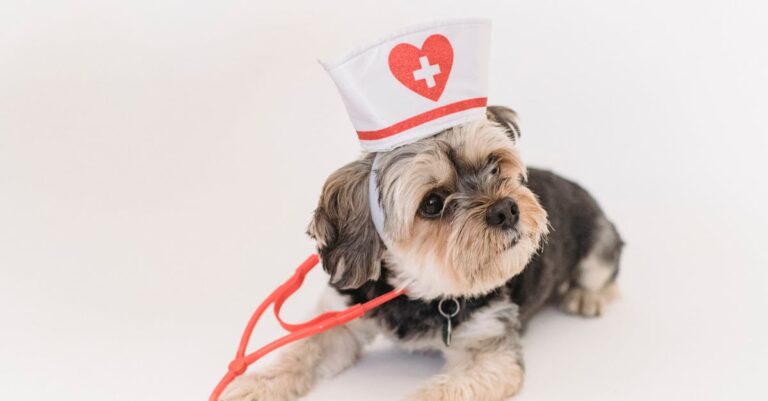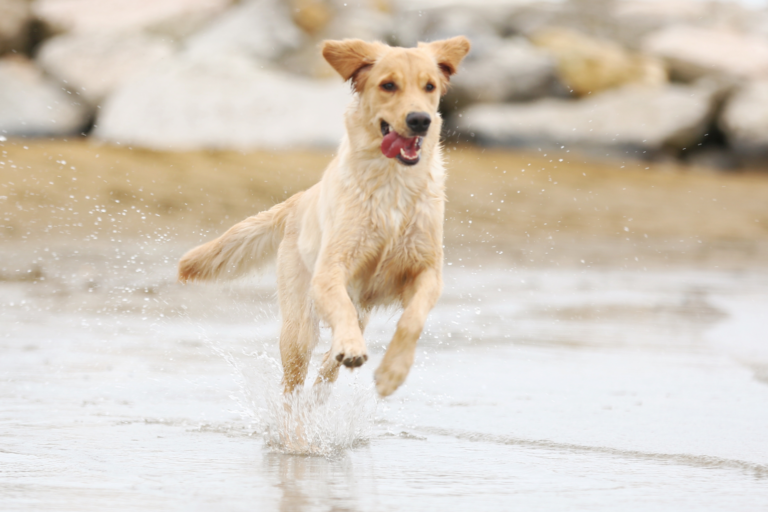All New Puppy Owners Should Have This Simple Checklist
Bringing a new puppy home is an exciting and joyful experience. However, it also comes with a set of responsibilities and preparations to ensure your new furry friend feels safe, comfortable, and loved. To help you get started, here’s a simple yet comprehensive checklist every new puppy owner should have.
1. Essential Supplies
Food and Water Bowls
Stainless steel or ceramic bowls are durable, easy to clean, and non-toxic, making them ideal for puppies. Plastic bowls can harbor bacteria and cause allergic reactions. Choose non-slip bowls to prevent spills, and consider elevated feeders for large breeds to aid digestion.
Puppy Food
Proper nutrition is crucial for a puppy’s growth, development, and overall health. High-quality puppy food contains essential nutrients for strong bones, teeth, and a healthy coat. Transition slowly from the breeder’s food to avoid digestive issues. Consult your vet to ensure you’re meeting your puppy’s dietary needs.
Crate
A crate provides a safe and secure environment for your puppy. It aids in housebreaking, prevents destructive behavior when unsupervised, and serves as a cozy den. Make the crate inviting with soft bedding and toys, and never use it as a punishment tool to ensure your puppy sees it as a positive space.
Bedding
Comfortable bedding helps your puppy feel secure and provides a dedicated space for rest and relaxation. Washable bedding is essential for hygiene. Choose bedding that is durable and easy to clean, and consider orthopedic beds for large breeds and older puppies.
Leash and Collar
A properly fitted collar with ID tags ensures your puppy can be identified if they get lost, and a leash is essential for walks and training, providing control and safety. Start with a lightweight leash for young puppies and gradually transition to sturdier options as they grow. Consider a harness for breeds prone to tracheal issues.
Toys
Toys provide mental stimulation, alleviate boredom, and help with teething. They also encourage healthy play behavior and strengthen the bond between you and your puppy. Rotate toys to keep your puppy engaged, and choose toys appropriate for your puppy’s size and chewing strength to prevent choking hazards.
2. Health and Grooming
Veterinarian
Regular vet visits are essential for monitoring your puppy’s health, administering vaccinations, and addressing any health concerns early on. Establish a relationship with a vet you trust and schedule an initial health check-up as soon as possible. Keep a health record for easy reference.
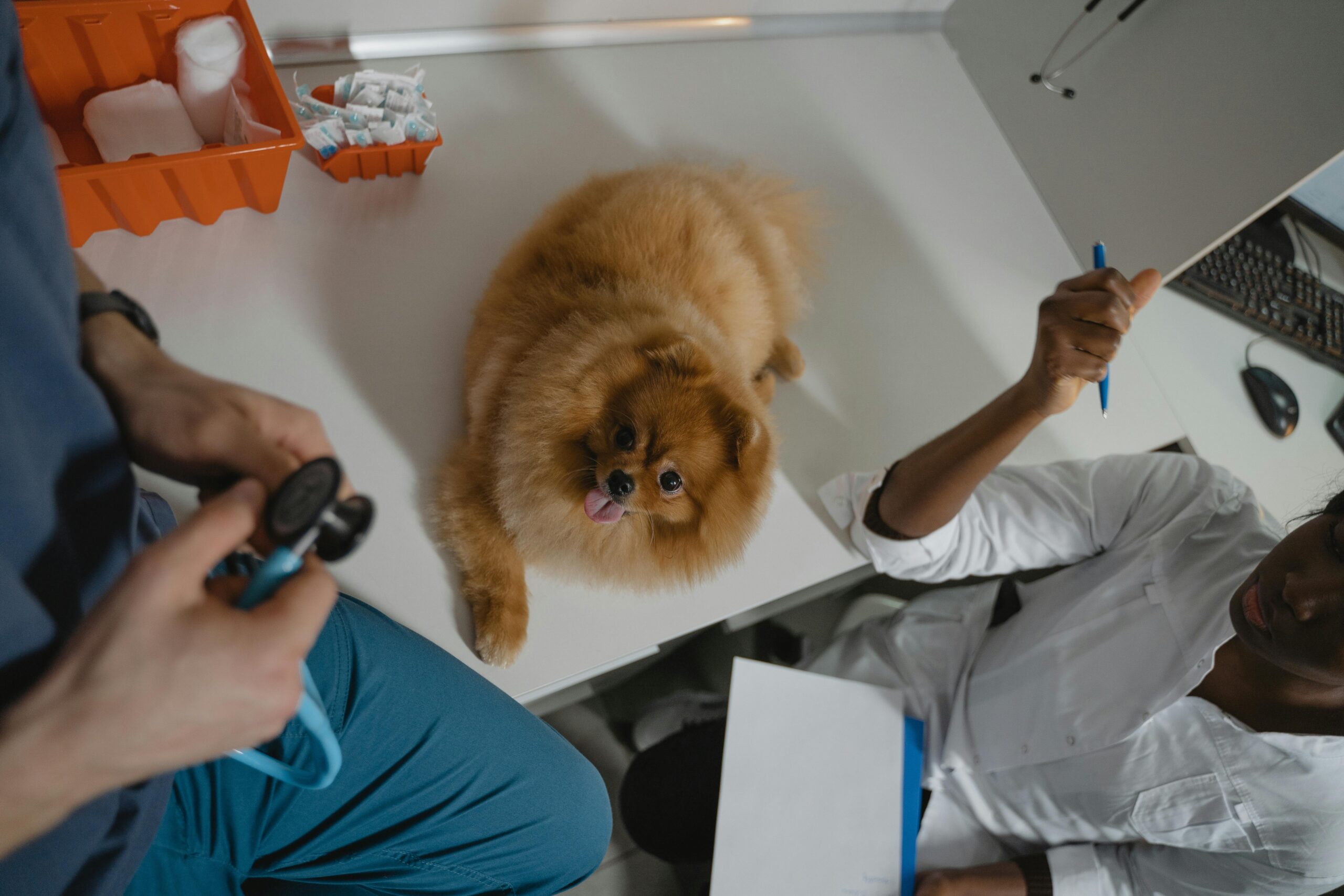
Grooming Supplies
Regular grooming keeps your puppy’s coat healthy, reduces shedding, and prevents skin issues. Early grooming habits also help your puppy get used to being handled. Invest in grooming tools suitable for your puppy’s coat type, start grooming sessions short, and reward your puppy to make it a positive experience.
Flea, Tick, and Worm Preventatives
Parasite prevention is crucial for your puppy’s health and comfort. Fleas, ticks, and worms can cause serious health issues if left untreated. Consult your vet for the best preventative treatments, regularly check your puppy for signs of parasites, and maintain a consistent treatment schedule.
3. Training Essentials
Training Pads
Training pads help with housebreaking by providing a designated spot for your puppy to relieve themselves. They protect your floors and make cleanup easier. Gradually move the pads closer to the door to transition your puppy to outdoor potty breaks, and use positive reinforcement to encourage pad use.
Treats
Treats are a powerful tool for training and reinforcing good behavior. They provide immediate rewards that help your puppy associate actions with positive outcomes. Choose small, healthy treats to avoid overfeeding, and use treats strategically to reinforce commands and good behavior during training sessions.
Training Classes
Puppy training classes provide essential socialization and teach basic commands, helping your puppy grow into a well-behaved and confident dog. Look for certified trainers who use positive reinforcement methods. Start with basic obedience classes and progress to advanced training as your puppy masters commands.
4. Safety and Comfort
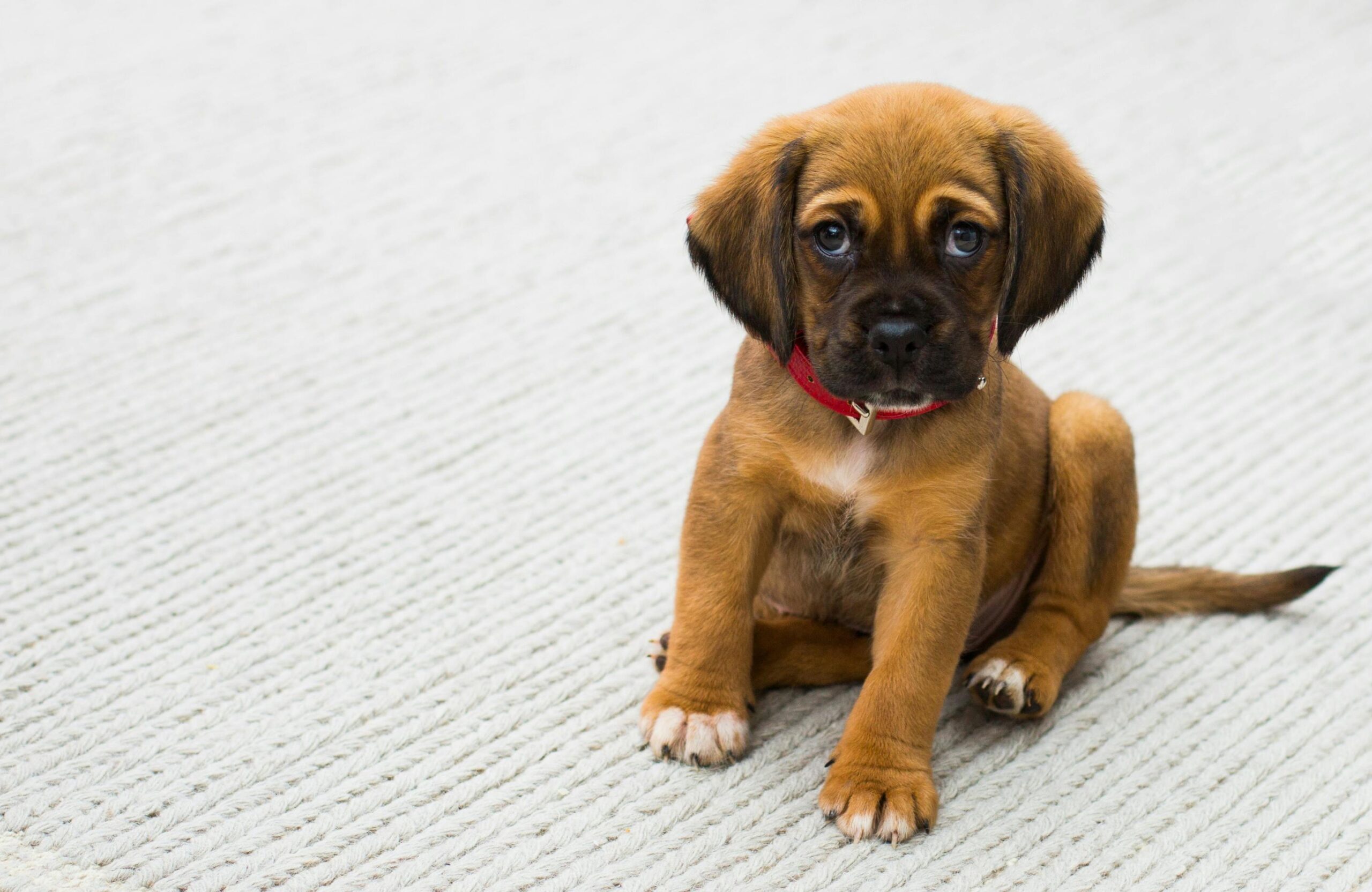
Puppy-Proof Your Home
Puppies are curious and can get into trouble if your home isn’t safe. Removing hazards prevents accidents and keeps your puppy safe. Secure electrical cords, keep toxic plants out of reach, and use childproof locks on cabinets. Keep small objects and valuables out of your puppy’s reach.
Baby Gates
Baby gates help control your puppy’s access to different areas of your home, keeping them safe and preventing them from exploring places they shouldn’t. Use gates to block off staircases, kitchens, and other potentially dangerous areas. Create a safe zone where your puppy can play and explore freely.
Identification
Proper identification increases the chances of your puppy being returned to you if they get lost. ID tags and microchips provide crucial contact information. Ensure your puppy’s collar fits well and isn’t too tight. Keep your contact information updated on the ID tag and microchip registry.
5. Socialization and Play
Socialization Plan
Early socialization helps your puppy develop into a well-adjusted and confident dog. Exposure to various people, animals, and environments reduces fear and anxiety. Introduce your puppy to new experiences gradually, and use positive reinforcement to reward calm and friendly behavior during socialization.
Playtime
Regular playtime is essential for your puppy’s physical and mental development. It provides exercise, prevents boredom, and strengthens your bond. Engage in activities that match your puppy’s energy level, and use interactive toys and games like fetch or tug-of-war to burn off energy.
6. Emergency Preparedness
First Aid Kit
A well-stocked first aid kit allows you to handle minor injuries and health issues until you can reach a vet. It’s an essential part of responsible pet ownership. Include items like bandages, antiseptic wipes, tweezers, and a digital thermometer. Learn basic first aid procedures for common injuries and illnesses.
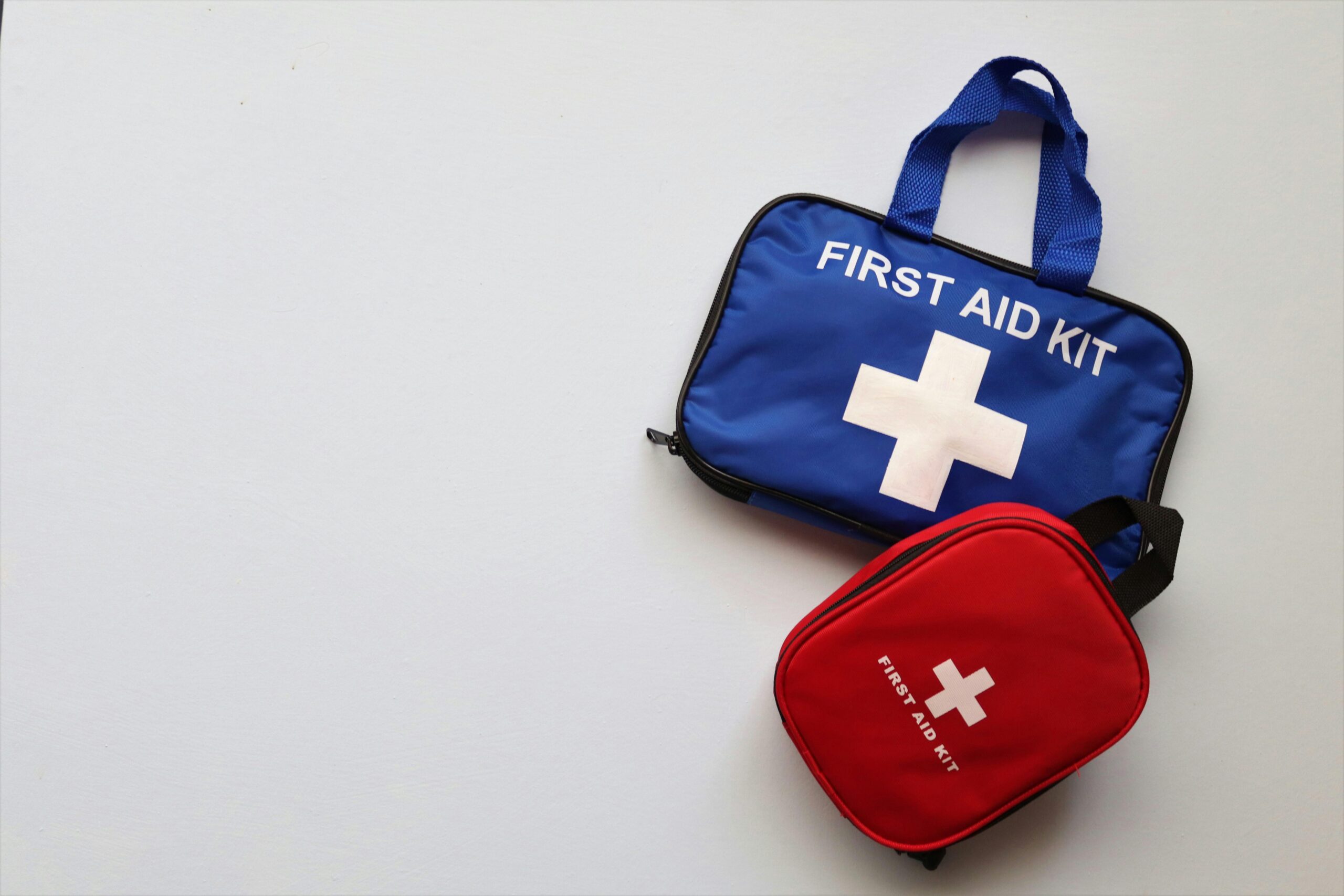
Emergency Contacts
Having a list of emergency contacts ensures you can quickly get help in urgent situations. It’s crucial for your puppy’s safety and well-being. Include your vet’s contact information, nearby emergency clinics, and a trusted friend or family member. Keep the list in an easily accessible place.
By following this checklist, you can ensure your new puppy’s transition into your home is smooth and enjoyable. Remember, patience and consistency are key to raising a happy, healthy, and well-behaved puppy. Enjoy every moment with your new furry friend!



